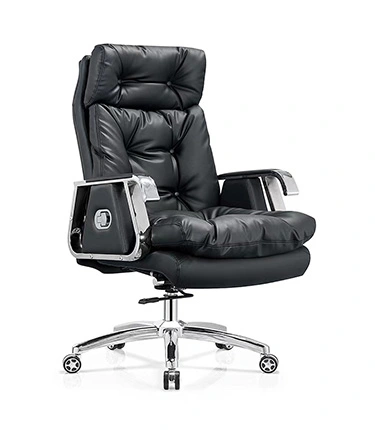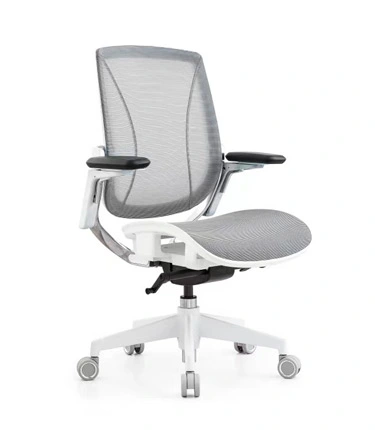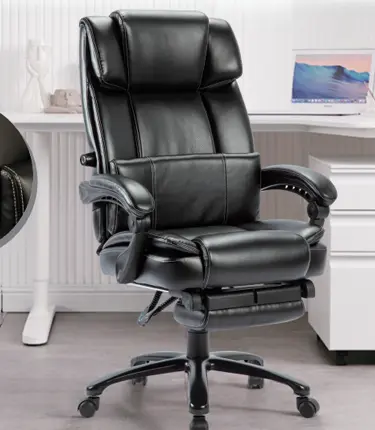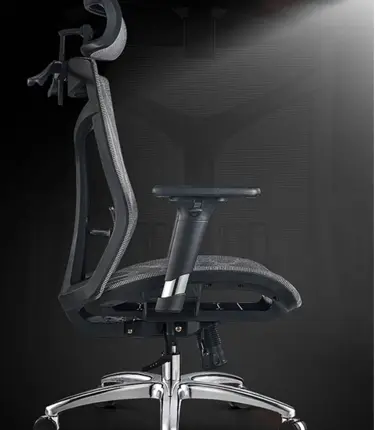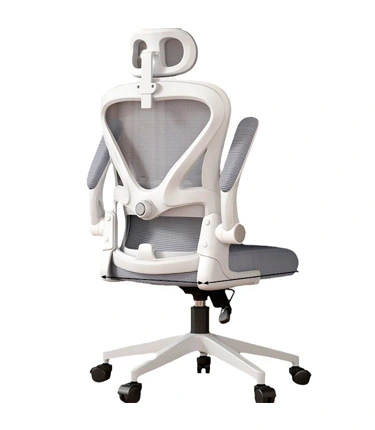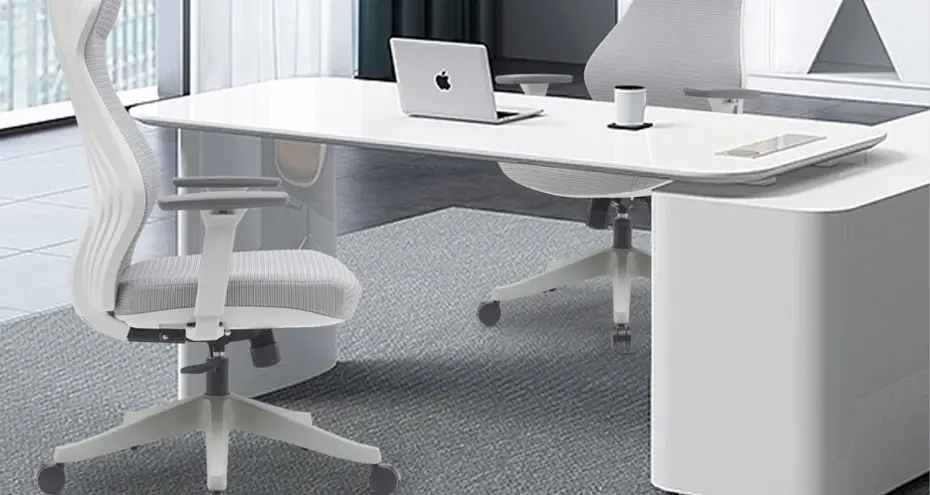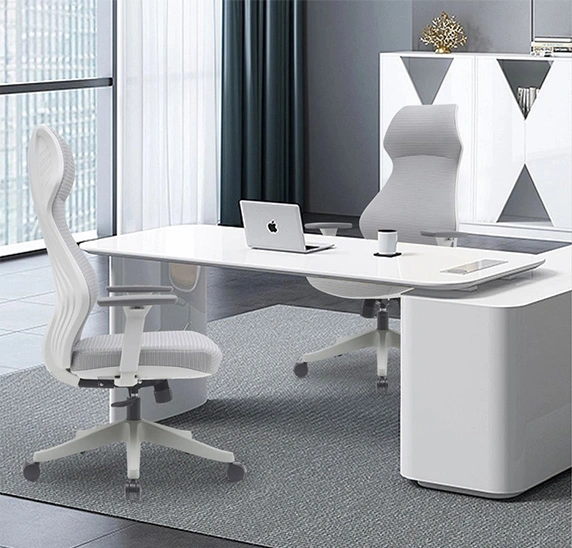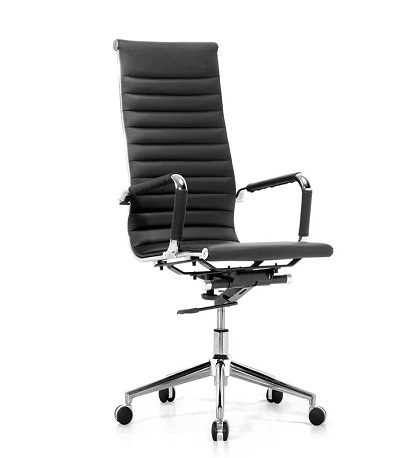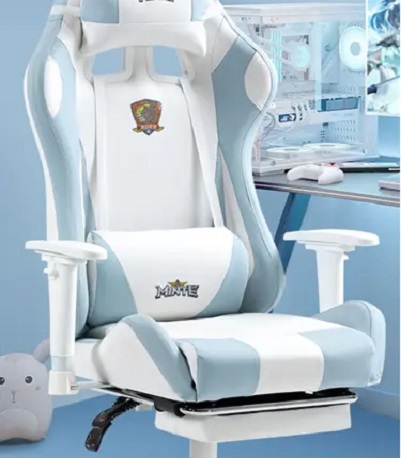1. Adjust seat height: Sit in a chair and adjust the seat height so that your feet are comfortably on the floor. Your knees should be at or slightly below hip level. If your feet can't reach the floor, consider using a footstool.
2. Adjust the seat depth: Slide the seat plate forward or backward until you reach the correct distance. This prevents pressure on the back of the thigh and improves circulation.
3. Adjust backrest height and waist support: Adjust the height of the backrest or waist support so that it is in line with the curve of your lower back. This will help reduce back tension and prevent slouching. If your chair has an adjustable lumbar support, adjust the depth to provide firm, comfortable support for the lower spine.
4. Adjust the height and width of the handrail: Adjust the height of the handrail so that the elbow is at a 90 degree Angle when the arm is placed on the handrail. Armrests should not push your shoulders or cause you to lean forward. If your armrests are too high, lower them to avoid shoulder strain. If they are too low, lift them up to provide adequate support for your arms.
5. Adjust seat recline and Angle: If possible, tilt the seat slightly forward. This helps to keep your pelvis in a neutral position, which supports the natural curve of your spine.
6. Adjust the headrest: When you are sitting up straight or reclining slightly, place the headrest on the base of your skull and the middle of your head. It should gently support your head, not force it forward.
